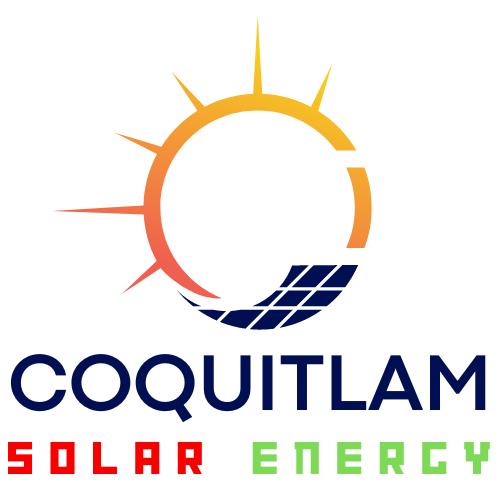Residential Solar Installation Explained
Residential solar installation refers to the setup of a solar energy system in your home, which converts sunlight into electricity. The process involves placing solar panels on rooftops, using inverters to convert sunlight into usable power, and connecting the system to the home's electrical grid.
Residential solar installations can produce clean, renewable energy, reduce reliance on traditional power, and lower electricity bills, all while promoting sustainability.
Generating Clean Energy - How It Works
Solar power decreases your carbon footprint and reliance on fossil fuels. The sun's rays provide a renewable and unlimited energy source, ensuring a continuous supply of clean power for the future. This is how it works:
1. When sunlight reaches the solar panels, the photovoltaic cells absorb the light particles (photons) and create an electrical charge.
2. The generated direct current (DC) electricity travels to the inverters, converting it into usable alternating current (AC) electricity, which powers most household appliances.
3. The AC electricity from the inverters flows to the home's electrical panel, supplying power to lights, appliances, and other devices.
4. Any surplus electricity produced by the solar panels can be sent back to the electrical grid through "net metering," allowing homeowners to receive credit for their contributions to the grid.
System Components
Residential solar systems get the sun's energy through various components like solar panels, inverters, mounting hardware, and monitoring systems. This sustainable solution offers environmental benefits and potential cost savings for you.
Site Assessment
Assessing the site is essential when installing residential solar systems. It includes evaluating the property's location, shading, and roof orientation. These factors influence how well the solar energy system will perform and its overall efficiency.
Location
The property's geographical location affects its sun exposure throughout the year. Regions with abundant sunlight are ideal for solar installations as they can generate more electricity.
Shading
Shading occurs when objects like trees or buildings block sunlight from reaching solar panels, reducing energy results. A shading analysis is conducted to find the best panel placement for maximum sunlight exposure.
Roof Orientation
It's essential for solar energy generation. South-facing roofs in the northern hemisphere receive the most sunlight and are ideal for solar installations. East or west-facing roofs can also work well, depending on the location and shading.
Solar Panels
They absorb the sun's energy and convert it into electricity using silicon, a semi-conductive element that generates direct current (DC) electricity when exposed to sunlight. Higher efficiency in solar panels means greater energy production in a given area. On average, solar panels have an efficiency range of 17 to 19%.
Inverters
They play a crucial role in your solar system by converting the DC electricity from the panels into AC electricity to power your home. There are two main types:
- String Inverters - These are installed on the side of your home and gather all the electricity from your solar system in one location.
- Microinverters - These are attached to the underside of each solar panel and directly convert DC to AC power right at the panel.
Mounting Hardware
These tools and materials are used to secure and support roof mounted solar panels on surfaces like rooftops or the ground. They are necessary for the stability and efficiency of the solar system. Common mounting hardware includes:
- Racking System
- Mounting Brackets
- Roof Attachments
- Ground Mounts
Monitoring Systems
Monitoring systems for solar panels play a vital role in tracking and recording the system's performance. They collect real-time data on electricity production, energy usage, and other essential metrics. It helps you assess efficiency, identify issues, and ensure optimal performance.
Installation Process
Investing in high-quality solar equipment and proper installation ensures the system operates efficiently. It also lets you benefit from refunds and incentives available for solar installations.
Working with residential solar companies can save you money and avoid potential issues. With various installation options available, choose the optimum setup for your needs. The following is an overview of the process:
- Permits and Approvals
- Site Preparation
- Mounting the Panels
- Wiring and Inverter Installation
- Electrical Integration
- Grid Connection
- Final Inspection
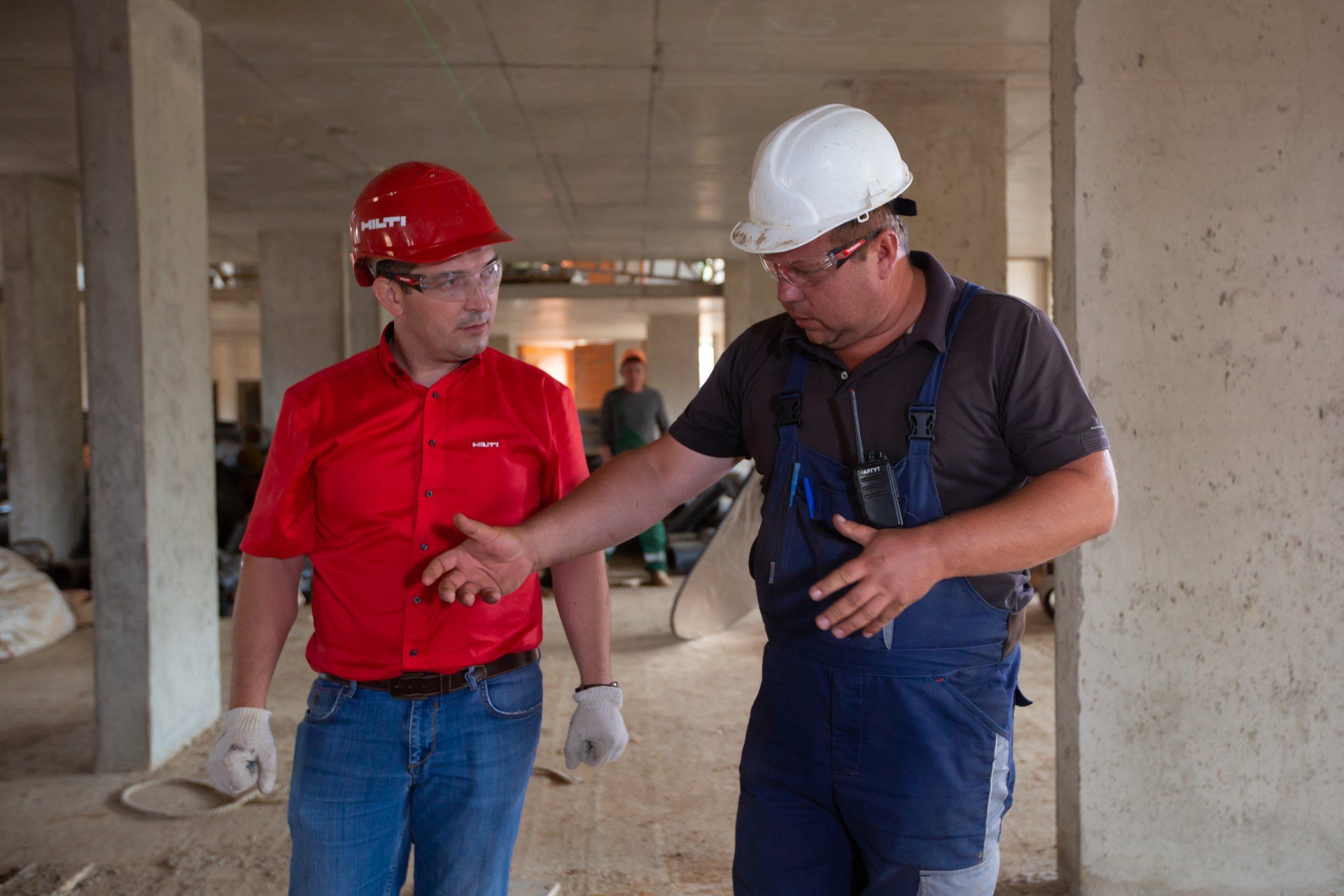
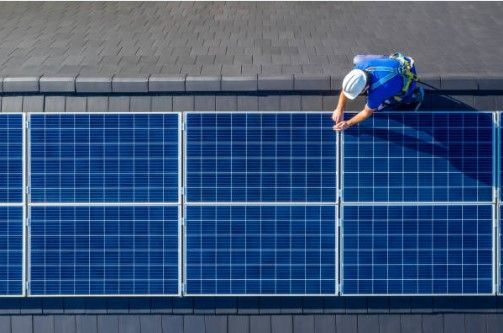
Cost Options in Canada
Solar installation costs in Canada vary based on system size, location, and specific needs. The average price range in Manitoba is approximately $2.63-$2.90/kW.
While considering costs, focus on quality installation to ensure long-term performance for the guaranteed lifespan of solar panels, typically 25 years. Prioritize reliability and efficiency over solely seeking the cheapest option.
In addition, various financing options are available to make solar installation more accessible. Some common options include:
- Cash Purchase
- Solar Loans
- Solar Leases
- Power Purchase Agreements (PPAs)
- Government Incentives
Net Metering
A net metering system measures the electricity usage and generation in your home. You pay for the net amount based on your usage, with credits for excess electricity sent back to the grid.
In non-net metered solar, the excess electricity feeds back into the grid, and you are charged a flat fee for your solar panel's electricity. Key components for a net metering system include:
- Solar Charge Controller
- Inverter
- Energy Generation Meter
- Home Energy Meter
- Distributed Generation Meter
- A Monitoring Meter for Grid Feedback.
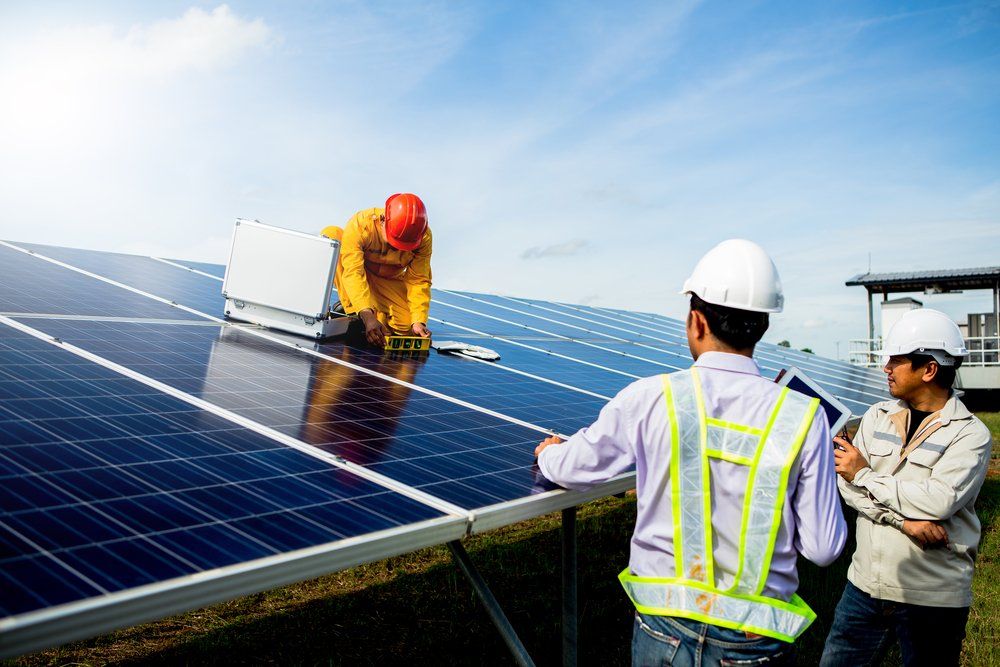
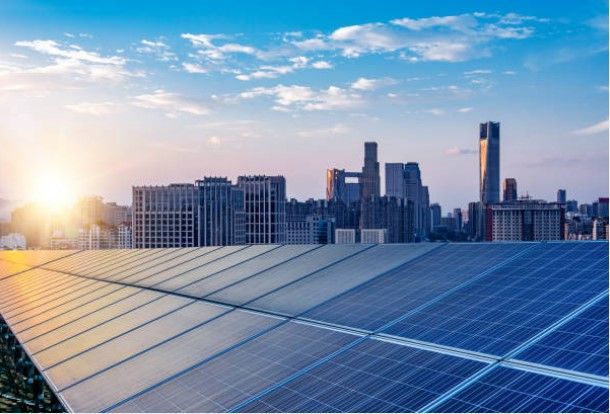
Maintenance and Monitoring
Regular maintenance keeps solar panels operating efficiently. Inspect for damage and debris, and clean panels to maximize sunlight absorption. Check for loose connections and shading issues. Schedule professional maintenance annually for optimal performance.
Monitoring systems track energy production in real-time, offering insights via online portals or apps. They detect drops in energy output, enabling timely intervention for optimal performance.
Go Green At Home With Residential Solar Installation
Investing in residential solar companies, like Coquitlam Solar Energy, can significantly improve your home's energy efficiency. Use the sun's energy to generate clean and renewable energy, reducing your reliance on traditional power sources and potentially lowering your electricity bills. Choose Coquitlam Solar Energy for your
residential solar installation needs and see the difference. Learn from us today.
FAQs
-
Is Residential Solar Installation Available in All Locations?
This type of solar installation is available in many regions, but it is essential to consider the property's location, shading, and roof orientation to assess its suitability for solar panels.
-
Do I Need to Install Batteries With My Residential Solar System?
Batteries are optional but beneficial if you want to store excess energy during non-sunny hours or power outages.
CONTACT
Telephone: 604-337-1958
E-mail: info@coquitlamsolarenergy.ca
LOCATION
Coquitlam, BC V3B 0A4, Canada
Coquitlam Solar Energy | All Rights Reserved | 2023
